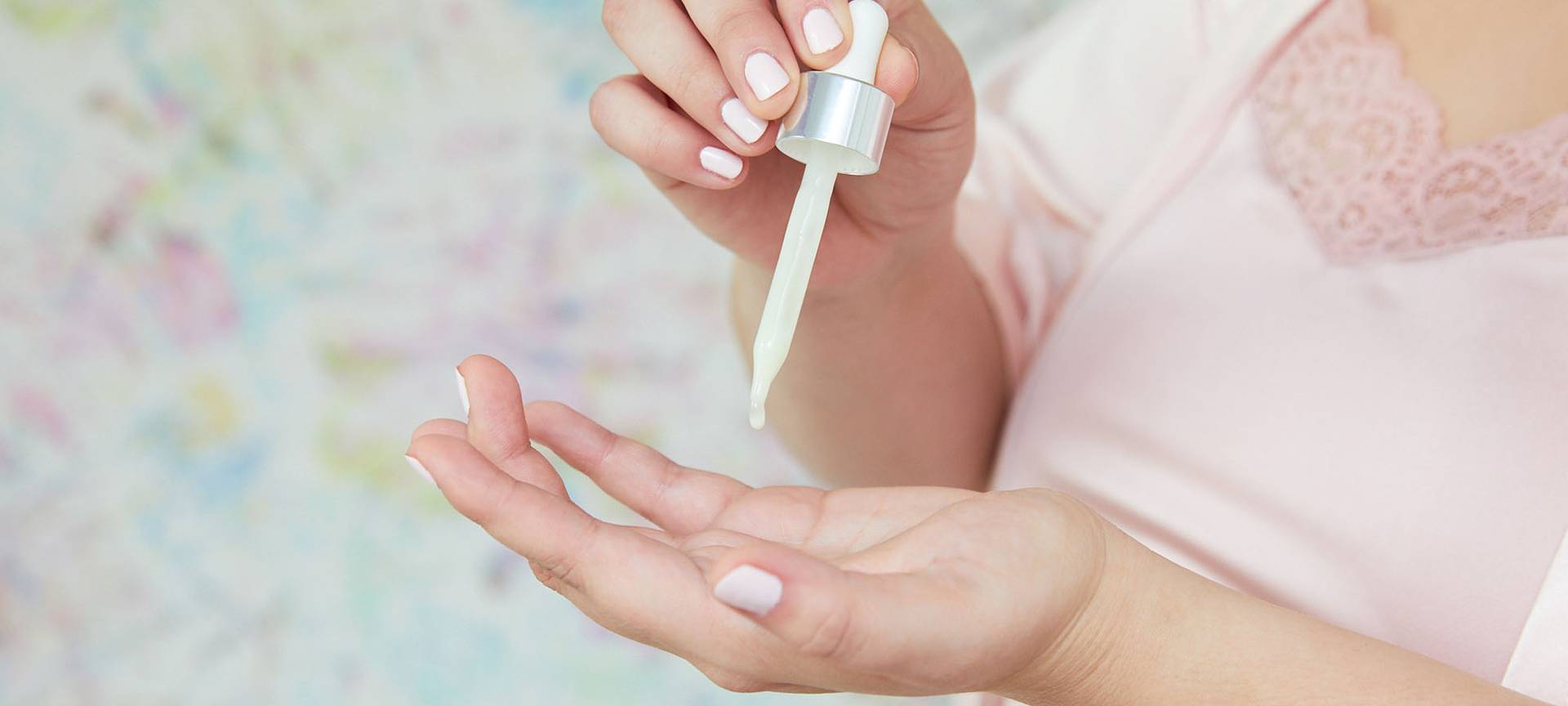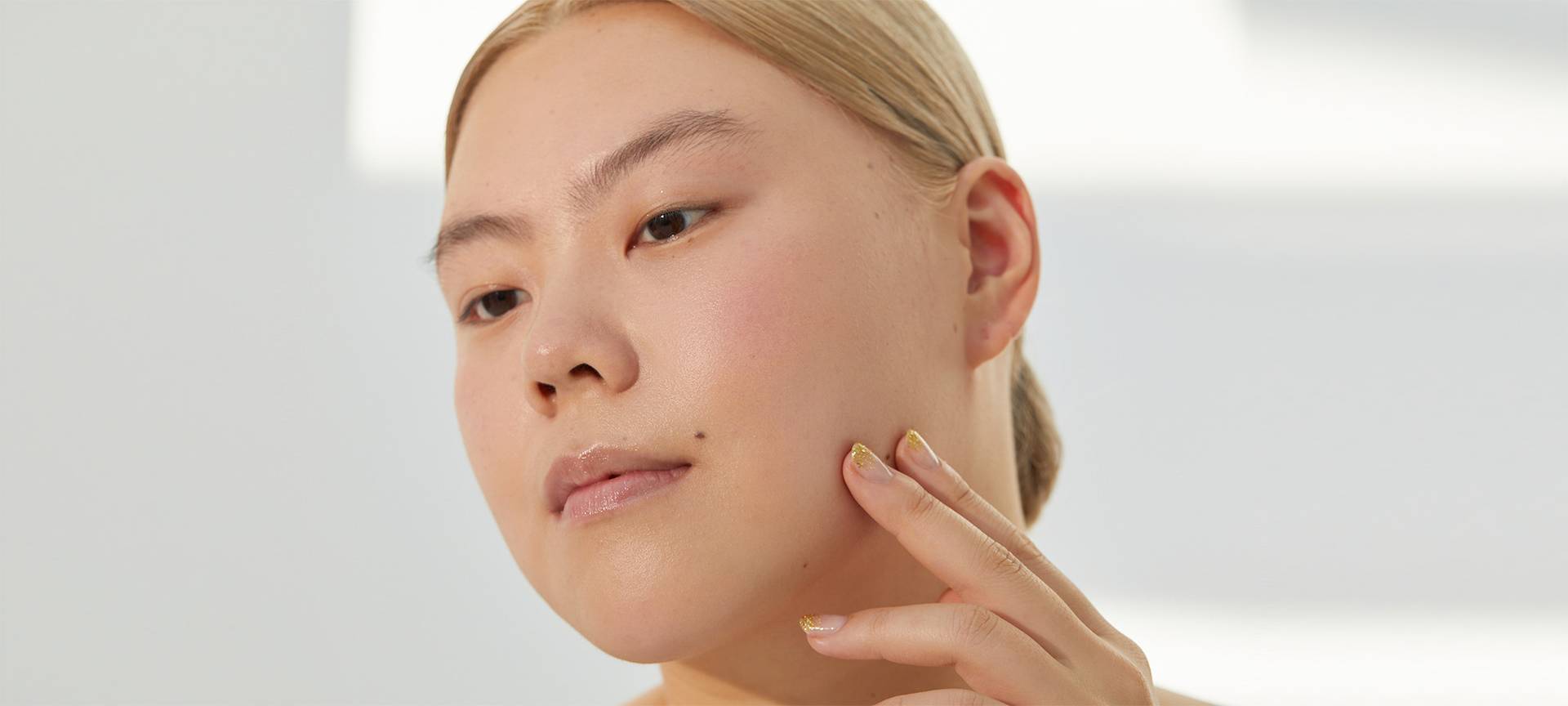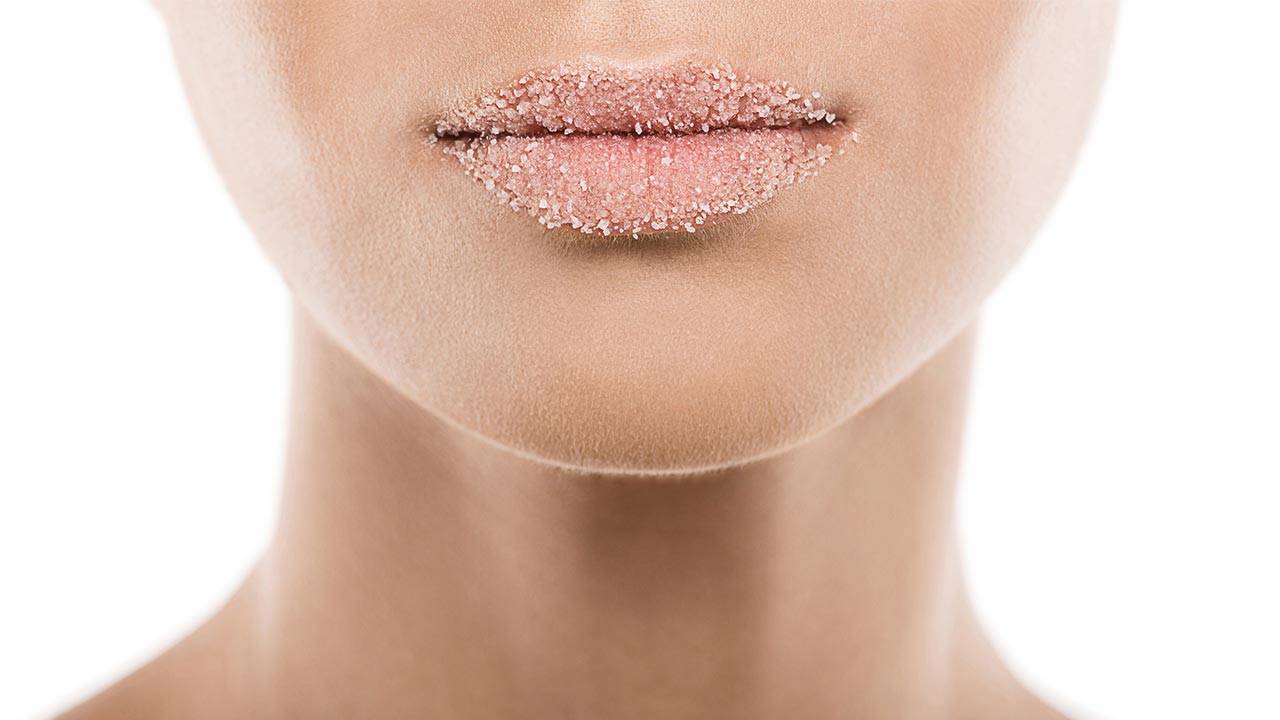
If you have beauty marks on your face, you’re not alone. In fact, this skin trait is actually pretty common. But have you ever stopped to ask yourself, “What is a beauty mark?” Sure, our parents have been calling them that since we were little, but where did the term even come from? And what’s the deal with beauty marks vs. moles? If you’re on the hunt to learn more about this type of spot on your skin and want to know if you should be concerned, you’ve come to the right place. Below, we’re detailing what you should know about beauty marks and moles.
WHAT IS A BEAUTY MARK?
Before we dive into the details, let’s talk a bit about what a beauty mark is. In truth, “beauty mark” is a term that was coined to describe a dark spot on your face that is attractive or beautiful. Think of some iconic celebs who are known for these marks, and you’ll understand why the term originated. Which brings us to…
BEAUTY MARK VS. MOLE: WHAT’S THE DIFFERENCE?
So, if “beauty mark” is a made-up name, how do you identify one? Well, this term actually refers to a mole. Yup—the beauty mark vs. mole debate is a moot point because they’re actually the same thing. That said, beauty marks typically refer to the common mole, which, according to the American Academy of Dermatology, nearly every adult has. In fact, the Cleveland Clinic states it’s normal for an individual to have between 10 and 40 moles by adulthood. Typically, most moles appear during the first 20 years of life.
As for what a mole is, it’s a growth on the skin that can vary in color, from matching your natural skin tone to having a brown or black color, per the Cleveland Clinic. While some moles are common and harmless, there are certain types that should raise concern.
2 TYPES OF MOLES TO KNOW
There are two broad categories of moles that could develop into melanoma and should be observed by a board-certified dermatologist, according to the Cleveland Clinic.
#1. CONGENITAL NEVI
This type of mole can be found on about one in every 100 people. They appear at birth and are more likely to develop melanoma later on.
#2. DYSPLASTIC NEVI
This type of mole is typically hereditary and is larger than a pencil eraser. They are darker at the center and uneven in shape. They have a greater chance of developing cancerous melanoma.
WHAT CAUSES A MOLE?
The Cleveland Clinic states moles happen when the cells in your skin called melanocytes grow in a cluster, rather than spread throughout your skin. They can become darker due to sun exposure, pregnancy, or puberty. They can also become lighter. During a moles life cycle, which typically lasts 50 years, they can become raised, lighter in color, and develop hairs, per the Cleveland Clinic.
WHY YOU SHOULD DO REGULAR MOLE CHECKS
So, when is a mole a concern—and how can you keep tabs on them to ensure you aren’t at risk? That’s where regular mole checks come in.
The Cleveland Clinic explains that keeping track of your moles with regular checks increases the chance of being able to detect and treat melanoma and other types of skin cancers. So, when is a mole a concern, how can you keep tabs on them to ensure you aren’t at risk? Dermatologists recommend doing your own monthly check-ins to see if there are any changes in the color or appearance of your mole.
HOW TO DO A MOLE CHECK
Now that you know the importance of monthly mole checks let’s talk about how to do one. Here are a few tips to follow, courtesy of the Cleveland Clinic.
TIP #1. TAKE A SHOWER
For your monthly check-ins, it’s best to look at your skin straight out of the shower or bath when your skin is still wet.
TIP #2. USE A MIRROR
A full-length mirror paired with a hand mirror will let you get a close, accurate view of your moles. You can also have a family member help you check moles in difficult to see places like your back.
TIP #3. KNOW YOUR TACTIC
Examine the same way each month. For example, work your way from head to toe each time you do a routine check-in.
TIP #4. DON’T SKIP YOUR TOES
Yup, there are certain hidden areas, like your toes, that you may not think to check. Others include your fingers, groin, backs of your knees, and the soles of your feet.
TIP #5. KEEP TRACK
Taking pictures of your moles each month is a great way to stay on top of any changes that may have occurred.
WHAT TO LOOK FOR WHEN CHECKING YOUR MOLES
Now that you know the importance of monthly mole checks, let’s talk about how to do one. Here are a few tips to follow, courtesy of the Cleveland Clinic.
A: Asymmetry. See that both sides of your mole match.
B: Border. Check to see if the edges of your mole are uneven or blurred.
C: Color. See if your mole has changed in color or has multiple tones.
D: Diameter. Has your mole gotten bigger?
E: Elevation. Evaluate if your mole has become raised. If you’re covered in beauty marks and responsible for checking them regularly, you might not get this, but a lot of people desire beauty marks on their faces.
HOW TO FAKE A BEAUTY MARK
If you’re covered in beauty marks and responsible for checking them regular, you might not get this, but a lot of people desire beauty marks on their face. In fact, they even draw them on, much like fake freckles. If you want to draw on a beauty mark, all you need to do is grab a long-wearing pencil eyeliner (you don’t want it to smudge midday) and dot it onto your face. Try the L’Oréal Paris Infallible Pro-Last Waterproof, Up to 24HR Pencil Eyeliner in Brown. As for placement, it’s popular to rock faux beauty marks under your eye or by your lips.
Next: What Are Sebaceous Filaments?





